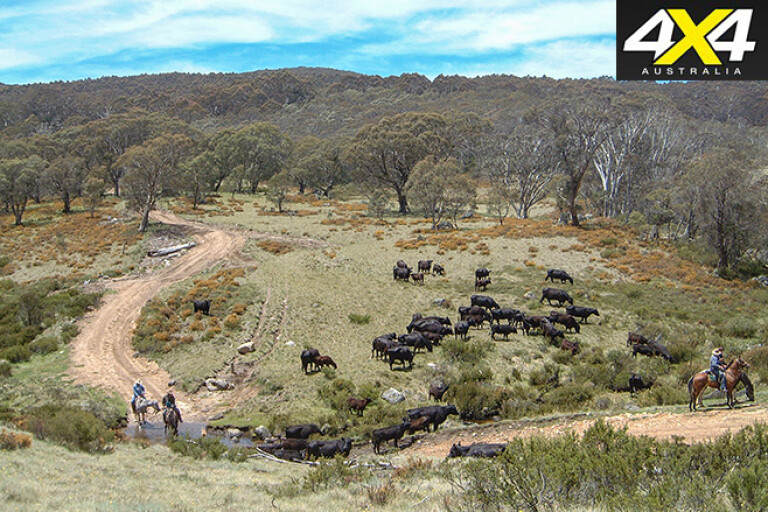
Summer had hardly set in when the bushfires began.
While driving home from Queensland in mid-December, we were detoured just north of Melbourne because of a large grassfire that had closed the freeway.
The next day I was heading for Wodonga and was again diverted because of a large, fast-moving scrub fire around my old stomping ground of Barnawartha.
In Corryong that evening I noticed a sign that said the Alpine Way was closed south of Khancoban – not because of a recent fire but an old one. They were dropping trees along the roadway to keep it safe for Christmas travellers. I re-arranged my plans to get to Tom Groggin and the Davies High Plains.
The next morning I was due to head south – this time on the Victorian side of the border – when word came that a number of tracks around Tom Groggin were closed due to a bushfire in the area. Back to the maps we went, finding another route south.
Then, of course, over Christmas there were the devastating bushfires along the Great Ocean Road, while in other states lesser fires were still creating dramas and heartbreak for people and firefighters.

In the meantime, I posted a couple of pictures and a comment on our Remote Australia Facebook page, saying the High Country was changing, and not for the better; Aboriginal fire management of the country and later cattle grazing have all been stopped, allowing the scrub to come back and create another tinderbox for a future holocaust.
That set off a maelstrom of comments, and while I’m not sure what 77 shares and a reach of 175,000 means, most younger people, who are savvier with the intricacies of FB, will think that’s a pretty impressive result. However, one thing is obvious about the comments on our page – there are a wide variety of views, and some of them are strongly held and forcibly stated.
This all happened after the current Victorian government recently decided to scrap the target to burn five per cent of public land each year, despite this being the minimum recommended by the Royal Commission set up in the wake of the 2009 Black Saturday fires that wreaked so much havoc in Victoria.
The new system being adopted is one of ‘risk reduction’ in fire danger areas close to human habitation, with no mention of how many controlled burns will be set to save life and property. The system harks back to the ‘complete protection’ policy that led to our forests being devastated by fires during and after 1939.

Just before we leapt into 2016, one of Australia’s leading fire experts, former CSIRO bushfire scientist David Packham, came out in an article in The Australian, calling for at least a doubling of prescribed burns in the state, to 10-12 per cent of the public land area.
In the meantime, I’m reading a couple of books about what Australia was like during Aboriginal and early European times. The Biggest Estate on Earth by Bill Gammage is the 2011 award-winning book on what this country looked like before we took over.
The more recent Fire Stick Ecology by Vic Jurksis makes a stronger point about managing our forest with fire. Jurksis reckons we need to do it “willingly, frequently and with practice, skillfully”. Both books strongly indicate the failure of our current land management policies, which can be seen all around us – once you know what to look for.
Now I’m looking at our bush – here in the Victorian High Country but also farther afield in the Flinders Ranges in South Australia. These are two places I have been familiar with for more than 50 years – though with different eyes. In both cases it’s pretty scary!

COMMENTS